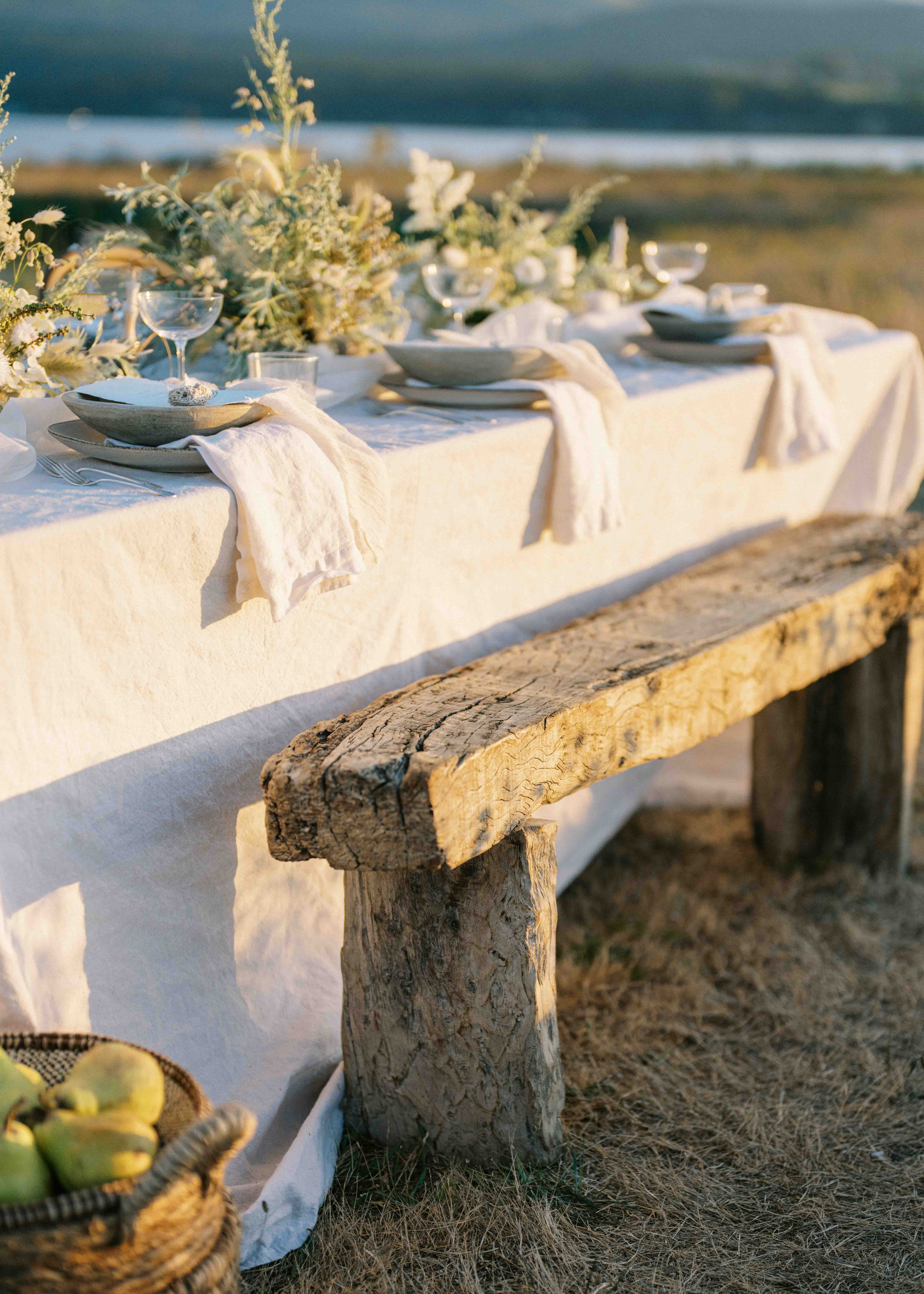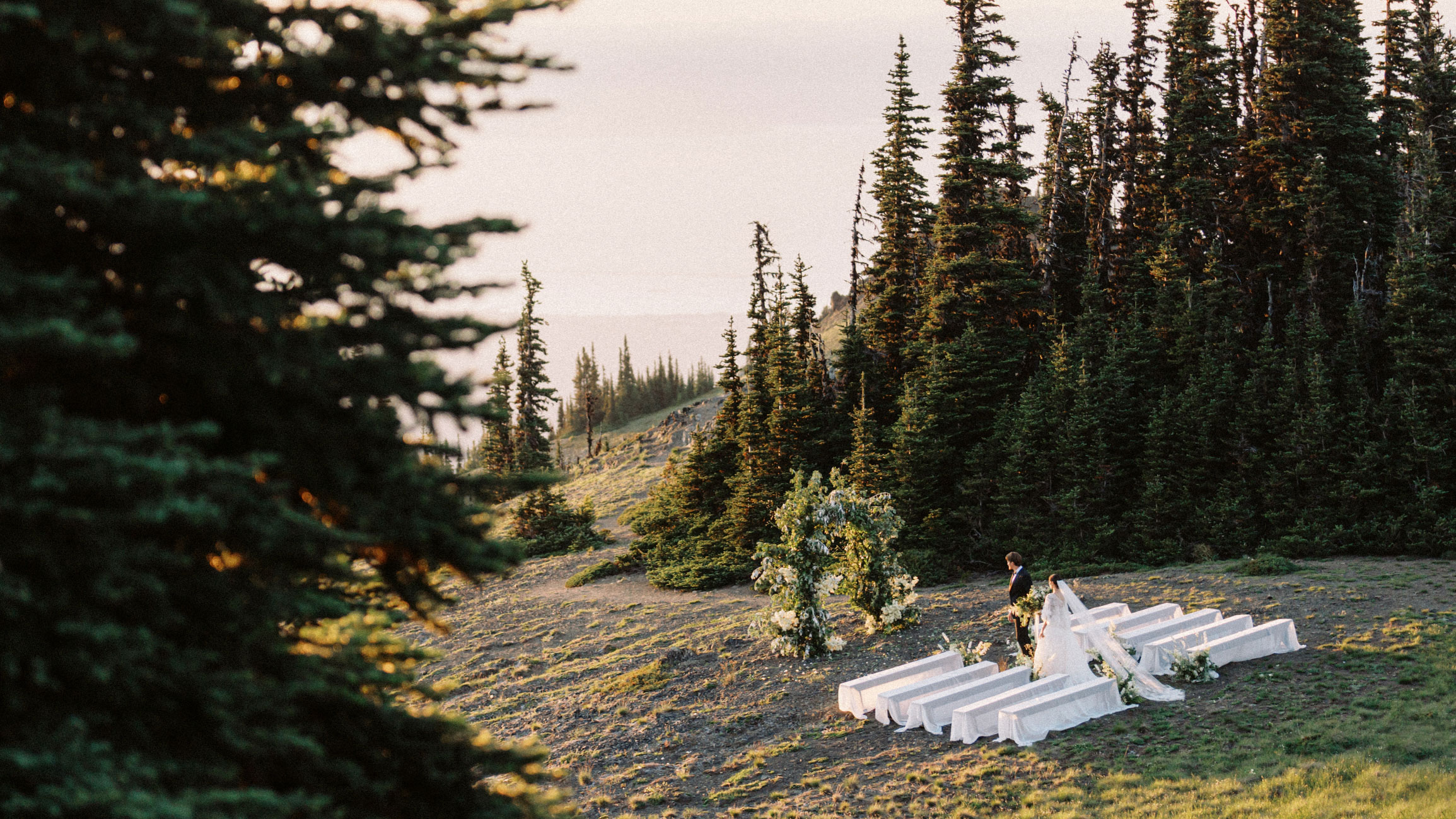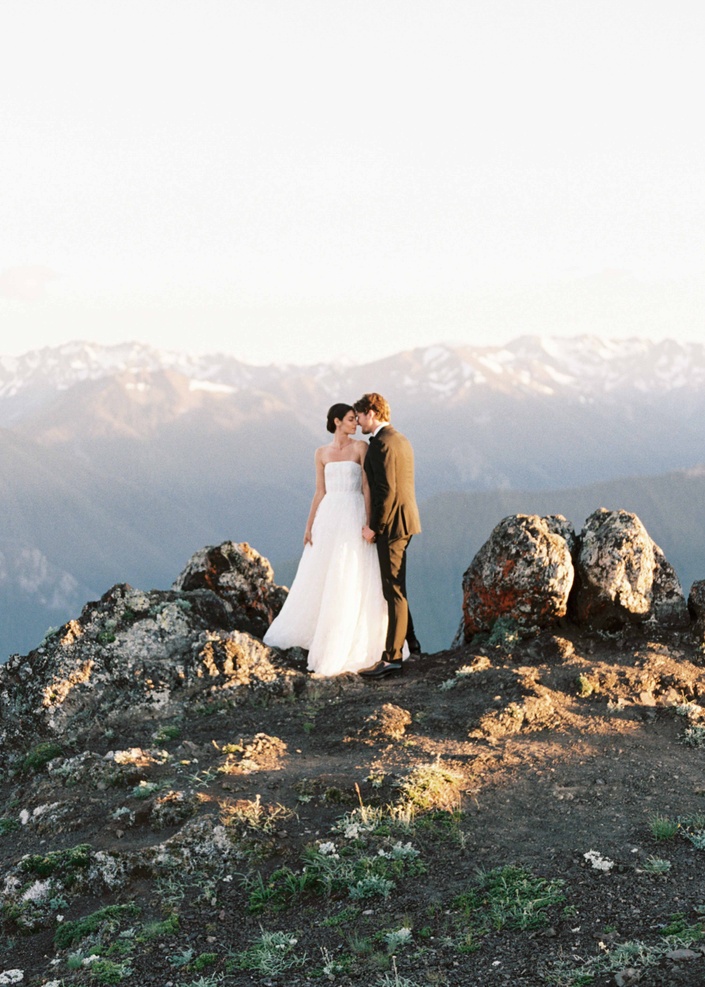THE ART OF LIGHTING AND COMPOSITION
A photograph is just a capture of light waves. When you begin to think about your camera as a machine that captures light, you begin to think about every shot differently. You begin to really see the quality and quantity of light. You see the various colors of light, and the intensity of that light streaming into your lens. But what good is light without fashioning it into something pleasant to look at. This is where composition comes into play.
Composition in photography is summed up as the organization of the light waves your camera collects. The light is falling onto your camera lens, coming from all kinds of directions and surfaces. It is chaotic and unless controlled can be uninteresting or even confusing. The photographer is paid by their client to understand and control the waves of light and create an image that is intriguing and evokes an emotional response.
Whether it is a short portrait session, or a multi-day wedding with all kinds of moving parts, your goal is to capture light in a way that speaks to the viewer. The better at reading light and shaping it you become, the less you need to focus on its qualities and instead start focusing on what it harbors and displays to the eye. You can begin to capture the emotions, the actions, the story.
PREVIEW THE LESSON
In this course you will learn:
- Understand and photograph all types of lighting. I cover indoor lighting, outdoor lighting in high sun, mottled shade, and low light. I discuss reflective light and its importance in getting the best fill.
- Light has a quality to it. Not all light is equal. Even in a cloudless sky you can find different qualities to the light based upon the environment and its surroundings.
- One of the keys to shooting light well, is to pay attention to the contrast ratio, which is the difference between highlight and shadow.
- Intentionality in composition is what makes a decent photographer a good or even great photographer.
- Learn the various compositional tools and why and when to use them.
- Don’t ignore foreground and background elements.
- Elevation and distance are key components in good composition.
- There are rules to making a good photograph, but there is also a time to break the rules.
-
Great photographs usually take forethought and planning. However, the best photographs are typically caught in the moment.




